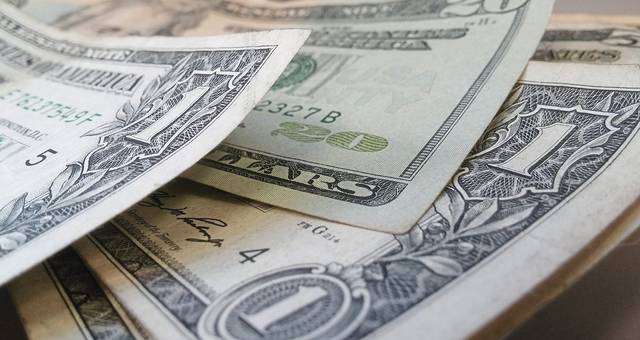Peter Morici: Giving the Fed better tools to manage financial crisis
Three times since August, the Federal Reserve has cut the federal funds rate — the rate banks charge each other for overnight loans and that strongly influences the short-term rates they charge businesses. However, Chairman Jerome Powell has made clear the Fed won’t lower rates further as long as the economy continues to grow at its current moderate pace.
President Trump’s detractors, who view his tax cuts as irresponsible and tariffs downright menacing, carp the overnight rate — now targeted at 1.5% to 1.75% — should be reduced further. They view recent stock market surges as a mirage. They note, for example, the majority of corporate CFOs are planning for a recession in the next 12 months, and the market rally is very thin — it continues to be driven mostly by big tech stocks.
The facts are shifting. Third- quarter GDP growth and broader corporate earnings were better than expected, stronger profits are likely for 2020 and core inflation — prices less volatile food and energy — is still below but close enough to 2%.
Also, interest rate cuts have diminishing returns.
Healthy businesses are flush with capital and spend a lot less on structures and machines in a service- oriented economy than they did when manufacturing dominated.
Mortgage rates fell long before the Fed started cutting rates in August. While those boosted mortgage lending, rates did not drop further on cue from the Fed afterward.
Optimism notwithstanding, another recession will happen sooner or later, and likely will be triggered by promiscuity in the financial sector again.
In the United States, low interest rates and lenient ratings by Moody’s and other bond rating agencies have enabled B-rated companies — those occupying the lowest tier of investment grade bonds — and C-rated companies to borrow well beyond their capacity to repay.
With the federal funds rate so low, the Fed has little room to lower interest rates further. Jumping into the longer-term Treasury and mortgage-security markets won’t do any more to limit the hemorrhaging than quantitative easing accomplished from 2008 to 2014.
Commercial banks, asset managers and hedge funds have accounts at the Fed that pay interest at nearly the same rate as the federal funds rate — practices that did not exist prior to the financial crisis. That is where commercial banks park required and excess reserves that provide ready liquidity for business and consumer accounts.
These days banks carry reserves far in excess of what the Fed requires and often refuse to lend excess funds to businesses, even those offering Treasury securities as collateral. Simply, the banks would rather pay checking and money-market account customers less than 0.2% and earn 1.55% at the Fed.
To break this reticence, the Fed should end interest payments on excess reserves, and in a crisis focus more on injecting additional excess reserves onto bank balance sheets than cutting rates further.
The Fed with the Treasury should explore digital currency — specifically letting all credit worthy banks, businesses and individuals open accounts with regional Fed banks. In a recession, Congress could authorize the Treasury to print bonds, place those on the Fed balance sheet, and directly inject cash business and consumer accounts. That would be more effective than slow-moving infrastructure projects or toying with the tax system.
Incentivizing banks to lend by not rewarding passive reserves and the capacity to directly inject money directly into business and consumer checking accounts would give the Fed sharp tools in a crisis.
Remove the ads from your TribLIVE reading experience but still support the journalists who create the content with TribLIVE Ad-Free.

